Microwaveable pouches have now revolutionised the convenience market, enabling a high quality rice product to be prepared in two minutes.
The microwave rice market, worth £18.2m, is predicted to swell to £75m in five years. Uncle Ben's has a 73% share but this is being eroded by Tilda Rizazz which has 18% of the market.
Own label is in its infancy with 5.4%.
Uncle Ben's was first to break into the market in 2000 when it introduced Express microwaveable rice and is still market leader with five varieties  long grain, basmati, pilau, Chinese and egg fried.
But since launching Rizazz in May 2001, Tilda has increased its range of eight Rizazz basmati rices to challenge Uncle Ben's lead. The selection includes a microwaveable version of Tilda's Pure Basmati rice and a pilau rice and six other rices it describes as recipe rices', ranging from Thai lime & coriander through to savoury mushroom and egg fried rice.
Deborah Batten, Tilda's brand manager, says: "Rizazz allows us to take basmati beyond Indian food. Rizazz is not just an accompaniment to a meal but a meal on its own."
Westmill entered the market three months ago in a partnership with Patak's. The Patak's branded microwave rices come in four varieties  basmati, pilau, garlic & coriander and coconut & mustard seed.
Savoury noodles are popular with volume increases of around 1% although value has declined by 5% to £38m [Taylor Nelson Sofres, July 2002]. But there have been notable successes.
Heinz was the first to launch a low fat noodle brand in 2001, which is air-dried, not fried, and contains 1% fat. Heinz brand manager Matthew Mason says: "Consumers were not aware that they sometimes contain as much as 17% fat."
The noodles, in four flavours, have gained a 6% share of the market and were backed by a summer ad campaign warning consumers of noodles with a high fat content  branding them Evil Noodles'.
Blue Dragon had a successful year with its range of instant noodles increasing sales by 149.5%.
The brand leader in the savoury noodles market remains Batchelors Super Noodles with a 60% share. Its most popular variety is Chicken Super Noodles selling £8.1m a year. But with a £2m TV ad campaign in November it is expecting its new variety, Salsa Super Noodles, to have a big impact.
Tertiary branded and retailer branded noodles are worth £8m. Family-run company, Kohlico aims to put value into the market along the tertiary route and has launched a microwaveable instant noodle called the Ko-Lee Noodle Box.
It was originally popular with airlines but is now being relaunched for retailers.
The noodles can be cooked in four minutes using the microwave or by adding boiling water.
{{FOCUS ON }}
The microwave rice market, worth £18.2m, is predicted to swell to £75m in five years. Uncle Ben's has a 73% share but this is being eroded by Tilda Rizazz which has 18% of the market.
Own label is in its infancy with 5.4%.
Uncle Ben's was first to break into the market in 2000 when it introduced Express microwaveable rice and is still market leader with five varieties  long grain, basmati, pilau, Chinese and egg fried.
But since launching Rizazz in May 2001, Tilda has increased its range of eight Rizazz basmati rices to challenge Uncle Ben's lead. The selection includes a microwaveable version of Tilda's Pure Basmati rice and a pilau rice and six other rices it describes as recipe rices', ranging from Thai lime & coriander through to savoury mushroom and egg fried rice.
Deborah Batten, Tilda's brand manager, says: "Rizazz allows us to take basmati beyond Indian food. Rizazz is not just an accompaniment to a meal but a meal on its own."
Westmill entered the market three months ago in a partnership with Patak's. The Patak's branded microwave rices come in four varieties  basmati, pilau, garlic & coriander and coconut & mustard seed.
Savoury noodles are popular with volume increases of around 1% although value has declined by 5% to £38m [Taylor Nelson Sofres, July 2002]. But there have been notable successes.
Heinz was the first to launch a low fat noodle brand in 2001, which is air-dried, not fried, and contains 1% fat. Heinz brand manager Matthew Mason says: "Consumers were not aware that they sometimes contain as much as 17% fat."
The noodles, in four flavours, have gained a 6% share of the market and were backed by a summer ad campaign warning consumers of noodles with a high fat content  branding them Evil Noodles'.
Blue Dragon had a successful year with its range of instant noodles increasing sales by 149.5%.
The brand leader in the savoury noodles market remains Batchelors Super Noodles with a 60% share. Its most popular variety is Chicken Super Noodles selling £8.1m a year. But with a £2m TV ad campaign in November it is expecting its new variety, Salsa Super Noodles, to have a big impact.
Tertiary branded and retailer branded noodles are worth £8m. Family-run company, Kohlico aims to put value into the market along the tertiary route and has launched a microwaveable instant noodle called the Ko-Lee Noodle Box.
It was originally popular with airlines but is now being relaunched for retailers.
The noodles can be cooked in four minutes using the microwave or by adding boiling water.
{{FOCUS ON }}

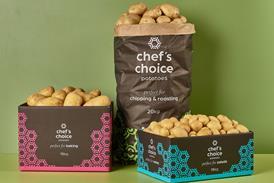

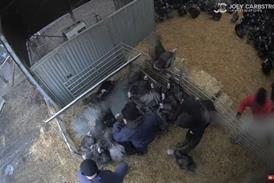

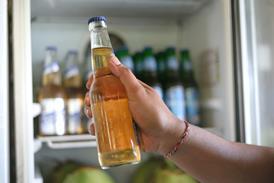



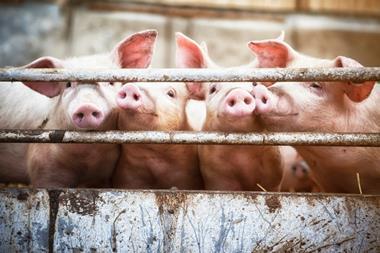

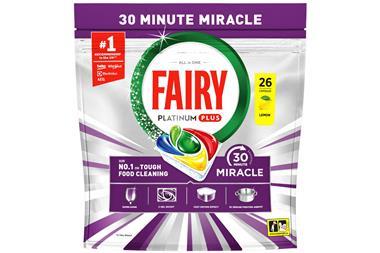

No comments yet